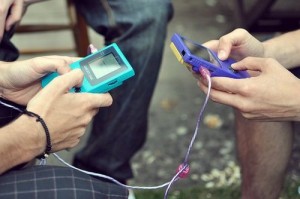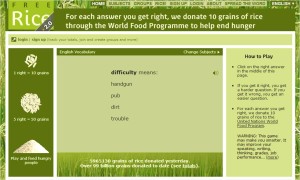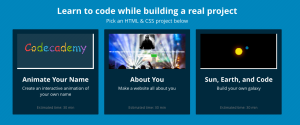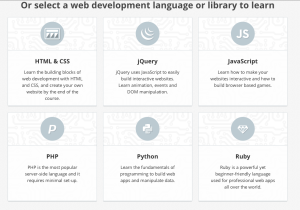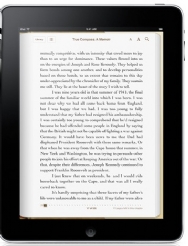Following up on the mention of TheFineBros Youtube channel, it is amazing what these people are doing with their Youtube presence. TheFineBros have a series of videos in which they expose various groups of people to videos, whether they be funny videos that have gone viral, clips from movies or video games, commercials, or anything else in video form. My two favorite segments of this series are the “kids react” and the “elders react”. In the kids react segments, children from between ages five and fourteen are able to react and respond to various viral videos. However, they don’t just stop at funny videos, but also delve into serious topics such as racism, marriage equality, and politics.
Elders react is also a great segment because rather than the innocent that the children provide, the elders usually have strong views on the videos that they watch. Again, they mostly deal with funny videos but also go into serious topics as well.
TheFineBros also have other segments where teenagers and Youtubers react as well, but as I am in or around that age group, I find it less interesting than the kids and the elderly react videos. They allows me to get in touch with how the different generations living around me feel about the things popular in my own culture. The videos also expose the viewers of various ages to these videos, and that makes for a very connected world. All thanks to digital media!


 nifty light that helped when playing under the covers past your bedtime. In addition, there was the magnifier. I remember
nifty light that helped when playing under the covers past your bedtime. In addition, there was the magnifier. I remember
